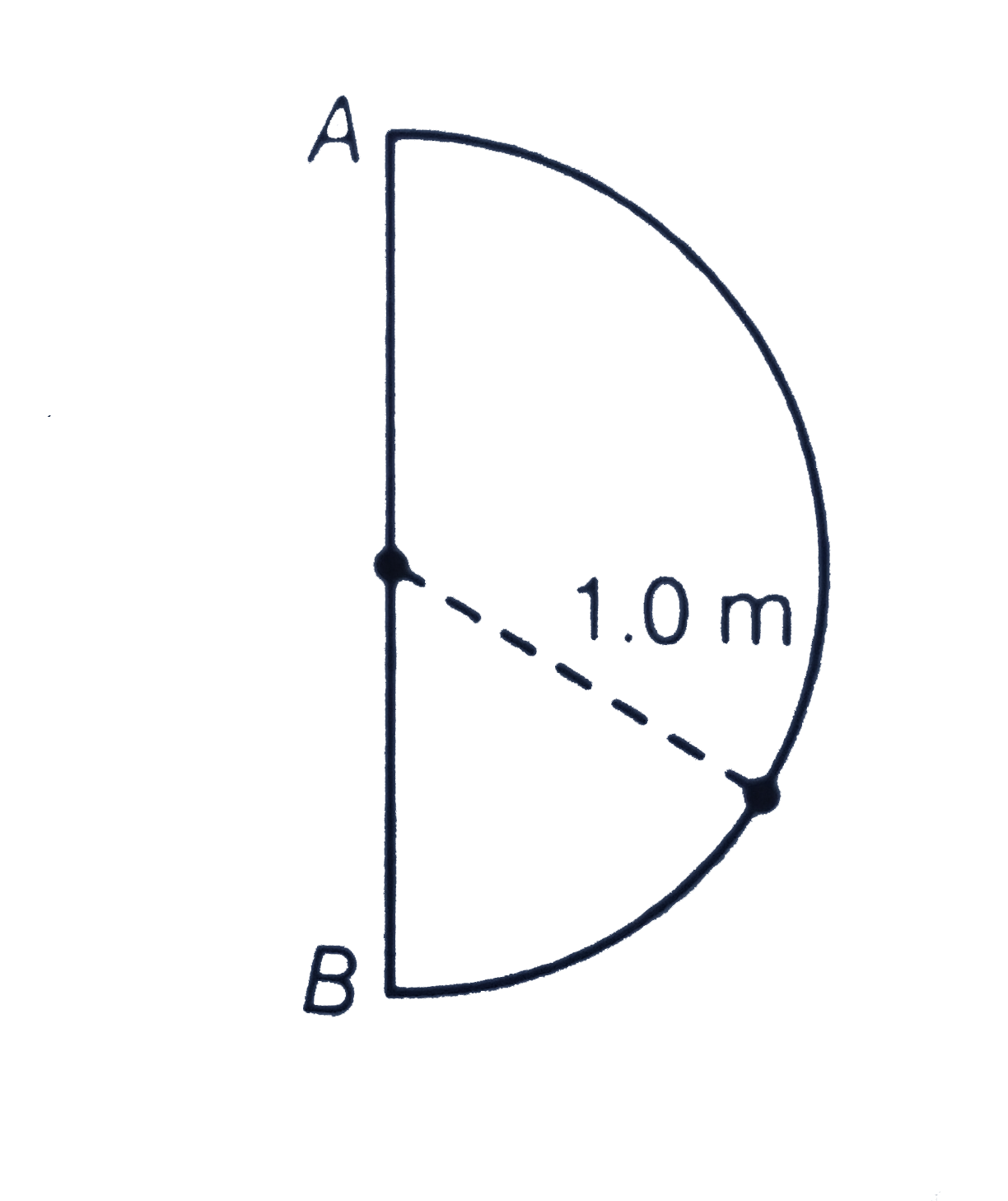Assertion: Average speed of a particle in a given time interval is never less than the magnitude of the average velocity.
Reason: The magnitude of the velocity (instantaneous velocity) of a particle is equal to its speed.
a.If both assertion & Reason are True & the Reason is a corrrect explanation of the Asserion.
b.If both Assertion & Reason are True but Reason is not correct explanation of the Assertion.
c.If Assertion is Trie but the Reason is False.
d.If both Assertion & Reason are false
The correct Answer is:B
To solve the given assertion and reason question, we will analyze both statements step by step.
Step 1: Understanding the Assertion
Assertion: The average speed of a particle in a given time interval is never less than the magnitude of the average velocity.
- Definition of Average Speed: Average speed is defined as the total distance traveled divided by the total time taken.
- Definition of Average Velocity: Average velocity is defined as the total displacement divided by the total time taken.
Since distance is always greater than or equal to displacement (because distance accounts for the actual path taken, while displacement is the straight line from the initial to the final position), we can express this mathematically:
Distance≥Displacement
Step 2: Dividing by Time
Now, if we divide both sides of the above inequality by the total time taken (which is always positive), we have:
DistanceTime≥DisplacementTime
This simplifies to:
Average Speed≥Average Velocity
Thus, the assertion is true.
Step 3: Understanding the Reason
Reason: The magnitude of the velocity (instantaneous velocity) of a particle is equal to its speed.
- Definition of Instantaneous Velocity: Instantaneous velocity is defined as the limit of the average velocity as the time interval approaches zero. Mathematically, it is expressed as:
v=drdt
Where dr is the change in position and dt is the change in time.
- Magnitude of Velocity: The magnitude of instantaneous velocity is indeed equal to speed, which is a scalar quantity representing how fast an object is moving regardless of its direction.
Thus, the reason is also true.
Step 4: Conclusion
Both the assertion and the reason are true. However, the reason does not provide a correct explanation for the assertion. The assertion is about average speed and average velocity, while the reason discusses instantaneous velocity.
Final Answer
- Assertion: True
- Reason: True, but does not explain the assertion.
The correct option is B: Both assertion and reason are true, but the reason is not the correct explanation of the assertion.
---
Assertion: The average speed of a particle in a given time interval is never less than the magnitude of the average velocity.
- Definition of Average Velocity: Average velocity is defined as the total displacement divided by the total time taken.
Now, if we divide both sides of the above inequality by the total time taken (which is always positive), we have:
Reason: The magnitude of the velocity (instantaneous velocity) of a particle is equal to its speed.
Both the assertion and the reason are true. However, the reason does not provide a correct explanation for the assertion. The assertion is about average speed and average velocity, while the reason discusses instantaneous velocity.
- Assertion: True
- Reason: True, but does not explain the assertion.
Topper's Solved these Questions
- MOTION IN A PALNEBOOK - ALLENCHAPTER - MOTION IN A PALNEEXERCISE - SOLVED EXAMPLE
28 Videos
- MOTION IN A PALNEBOOK - ALLENCHAPTER - MOTION IN A PALNEEXERCISE - EXERCISE-2
170 Videos
- KINEMATICS-2DBOOK - ALLENCHAPTER - KINEMATICS-2DEXERCISE - Exercise (O-2)
46 Videos
- NEWTON'S LAWS OF MOTION & FRICTIONBOOK - ALLENCHAPTER - NEWTON'S LAWS OF MOTION & FRICTIONEXERCISE - EXERCISE (JA)
4 Videos
Similar Questions
Under what condition the magnitude of average velocity is equal to the average speed ?
View SolutionAssertion: The average velocity of a particle is zero in a time interval. It is possible that the instantaneous acceleration is never zero in the interval.
Reason: The magnitude of average velocity in an interval is equal to its average speed in that interval.
View Solution
Knowledge Check
Assertion : The average speed of an object is greater than or equal to the magnitude of the average velocity over a given time interval.
Reason : The two are equal only if the path length is equal to the magnitude of displacement.AIf both assertion and reason are trure and reason is the correct explanation of assertion.BIf both assertion and reason are true but reason is not the correct explanations of assertion.CIf assertion is true but reason is false.DIf both assertion and reason is false
Average speed is always equal to magnitude of average velocity. Is this statement true or false ?
View SolutionHow is average velocity different from instantaneous velocity ?
View SolutionThe magnitude of average velocity is equal to the average speed when a particle moves:-
View SolutionIn one second, a particle goes from point A to point B moving in a semicircle (Fig). Find the magnitude of the average velocity.

View SolutionIn one second, a particle goes from point A to point B moving in a semicircle (Fig). Find the magnitude of the average velocity.

View SolutionThe instantaneous speed is always equal to the magnitude of instantaneous velocity. Why?
View SolutionWhat is the significance of average velocity or average speed?
View Solution
